I'm developing a project where an op-amp is configured to bring a input voltage difference ranging from 1.8V to 3V to a output voltage ranging from 3V to 5V. The output of the op-amp will be fed into a ADC input of a MCU. the circuit looks as follows:

simulate this circuit – Schematic created using CircuitLab
Taking following considerations:
- The op-amp will be powered in a single supply configuration with a voltage of up to 36V.
- In- can range from GND to Vcc-1.8V.
- In+ can range from 1.8V to Vcc.
- In+ - In- can range from 1.8V to 3V.
- The input signal will be really low frequency, there will be hardware and/or software low-pass filtering.
How can I find a op-amp based on it's Common-mode input voltage range?
Am I missing something or making something wrong?
For transistors there is the alltransistors page where you can make a parametric search, I need something like this but for op-amps.
What I have so far is:
At the lower end of the input range I would have In+ = 1.8V and In- = 0V this gives that the common-mode input of the op-amp should be 1.8*20/(12+20)=1.125V.
At the upper end of the range I see plenty of room for the Common-mode input voltage range.
But from the datasheet of a typical UA741 page 6 the Common-mode input voltage range VICR is ±13V in a ±15V test condition. This means that my 1.125V figure is outside it's input range.
An other way to solve this would be to connect R3 to some fixed voltage reference instead of GND and re-think the values of the 4 resistors. Adding a extra voltage reference would add more components to the board, increase size, cost, power consumption and make it more vulnerable to disturbances.